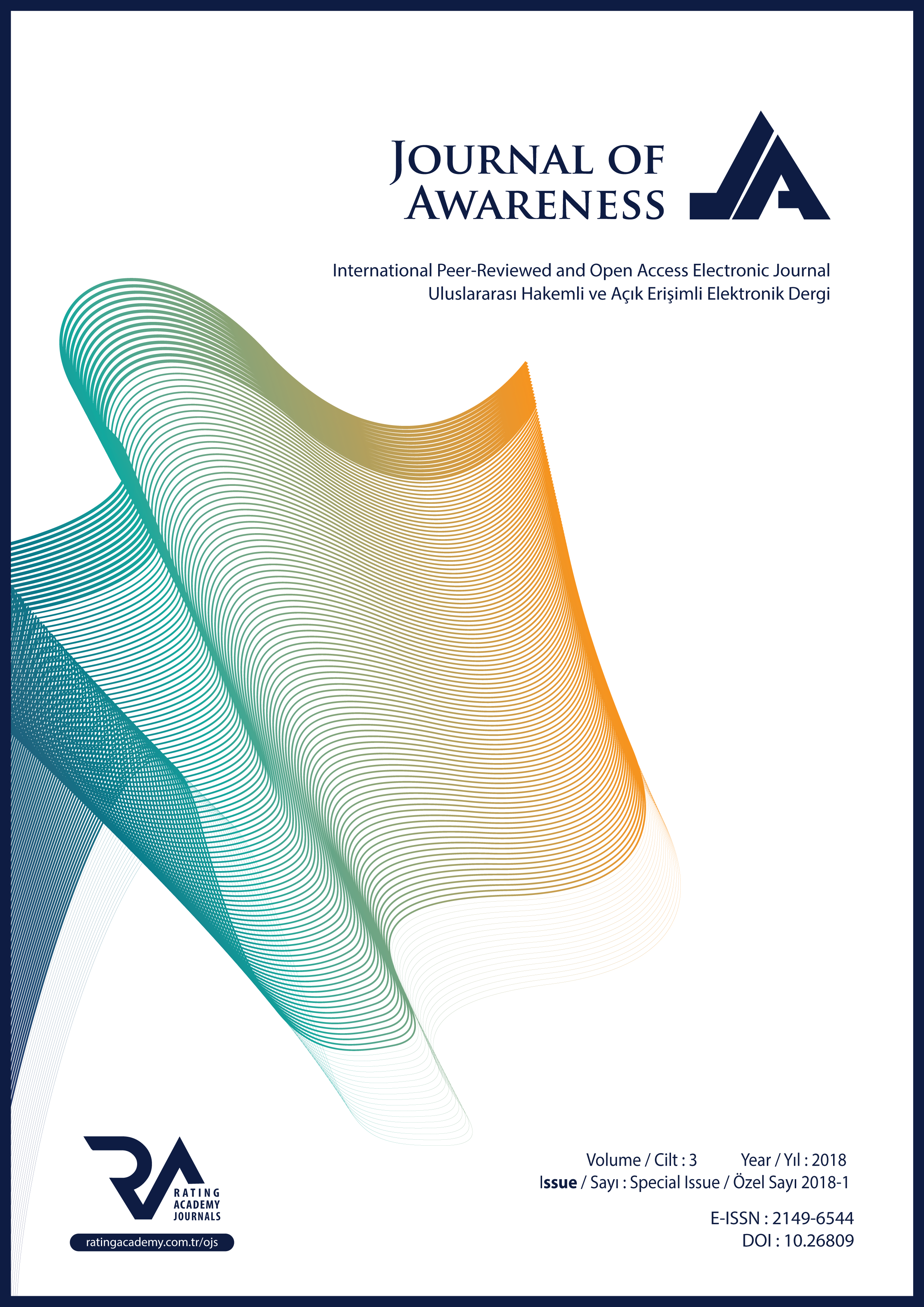TÜRKİYE'DE İLLERE GÖRE HAYVANSAL VE BİTKİSEL ÜRÜNLERİN KÜMELEME ANALİZİ İLE İNCELENMESİ
EXAMINATION OF PLANT AND ANIMAL PRODUCTS ACCORDING TO THE PROVINCES IN TURKEY BY CLUSTER ANALYSIS
Author(s): Şenol Çelik, Turgay ŞENGÜL, Ömer ŞENGÜL, Hakan İNCİSubject(s): Economy, Economic policy
Published by: Rating Academy
Keywords: Turkey; Cluster analysis; Euclidean distance; animal and plant products;
Summary/Abstract: In this study, 11 agricultural variables for 81 provinces in Turkey in 2016 were used to identify homogeneous province clusters with similar structures and reveal groups ofsimilar provinces in Turkey. For this reason, "K average means clustering" and "Hierarchical clustering" methods were used. Using cluster analysis, provinces in Turkey were statistically separated into 5, 7 and 10 clusters and tested, and the number of clusters was determined. According to the results, the most significant clustering was obtained by 7 clusters. Analysis results were also supported by Dendrogram and Agglomerative Table. According to Quadrature Euclidean and Pearson Proximity Matrix criteria, which were used as distance in the analysis, the provinces most similar to each other in Turkey based on agricultural indicators were Rize and Yalova, while the least similar provinces were Konya and Adana. The clusters of provinces that were similar to each other in terms of agricultural indicators based on 7 cluster analysis were: Adana, Ankara, Çorum, Diyarbakır, Edirne, Mardin, Şanlıurfa and Tekirdağ in Cluster 1; Eskişehir and Yozgat in Cluster 3; Balıkesir, İzmir and Van in Cluster 4; Afyonkarahisar, Aksaray, Karaman, Kayseri, Sivas and Tokat in Cluster 5; Ağrı, Aydın, Bursa, Çanakkale, Denizli, Erzurum, Manisa, Muğla, Muş, Sakarya and Samsun in Cluster 6; Konya in Cluster 7; and the remaining provinces in Cluster 2. By means of clustering, variablescausing the clustering of provinces and showing a homogeneous structure, and different agricultural regions formed by the provinces were identified.
Journal: Journal of Awareness (JoA)
- Issue Year: 3/2018
- Issue No: Special
- Page Range: 385-398
- Page Count: 14
- Language: Turkish

